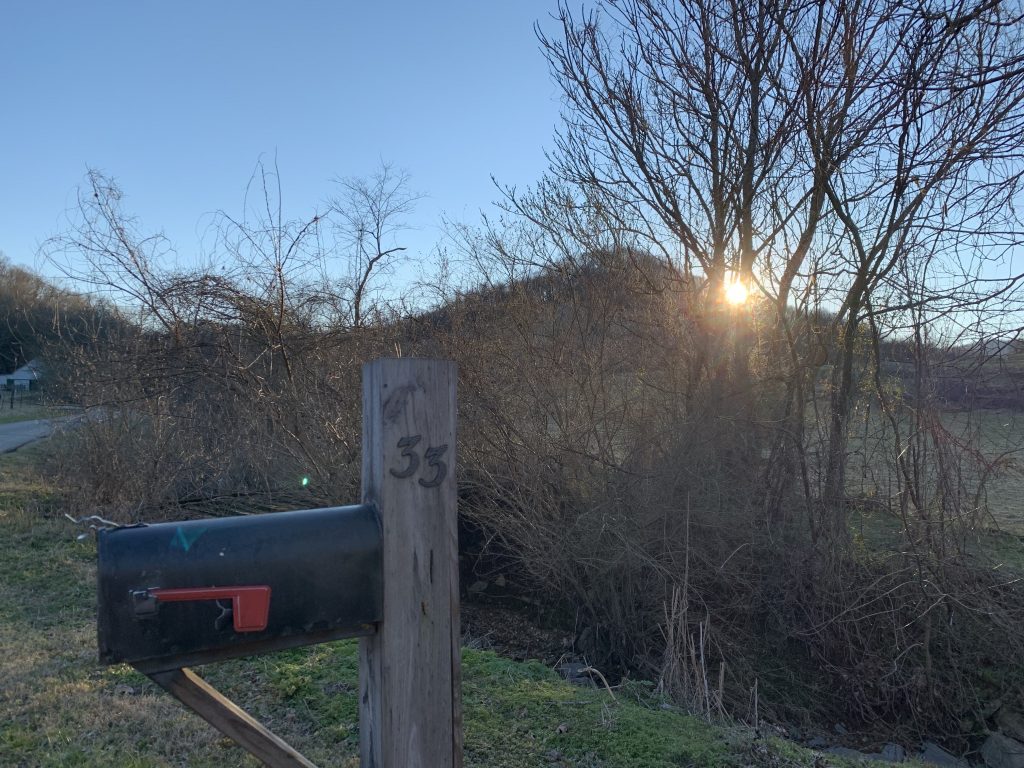It’s going to be another week or so before I am able to see my pulmonologist to discuss treatment options for my sleep apnea, but today I received the notes from the doctor that observed the sleep study I had last week.
First, let’s start with the actual diagnosis: mild obstructive sleep apnea syndrome.
What is obstructive sleep apnea? This is when you stop breathing in the middle of the night because your airway is obstructed. This happens because, when you sleep, all your muscles relax, and this includes the muscles in the throat. The soft tissue surrounding these muscles can obstruct your airway. Clearly, this is happening for me.
When you’re sick, say, with a cold or a throat-related infection, even people without sleep apnea can have temporary issues with their sleep. This is because things in the mouth and throat are inflamed or have additional mucous that can restrict the airflow. This might be one reason why sleep may not do as much for you when you’re sick–you’re not able to sleep as well as normal!
One thing that can create or exacerbate issues with sleep apnea is your weight. It might explain why, more than 10 years ago when I was thinner, my snoring wasn’t quite as bad and why I feel I’m sleeping better now that I’ve lost some weight. Being over 40 and having a large neck are also risk factors for sleep apnea.
Some symptoms of sleep apnea also include: hypersomnia (otherwise referred to as excessive daytime sleepiness, something I’m sure I have) and morning headaches. I’ve had morning headaches on and off for most of my adult life. The last few years, they occasionally turned into migraines, which have thankfully not been an issue in the last 6 months or so.
So what is “mild” sleep apnea versus, say, “severe”? It comes down to the number of events per hour in a given night where you either stop breathing entirely for longer than 10 seconds (apneas) or you breathe more shallowly because your airways is restricted (hypopneas). Per the Harvard Medical School, having more than 30 respiratory events per hour is considered severe sleep apnea. Less than 5 events per hour is considered “normal” (or at least not sleep apnea) with “moderate” sleep apnea being between 15 and 30 events per hour.
The number of events I had per hour? More than 5 but less than 15. That puts me in the mild category. Hopefully, this means anything I can do to treat my sleep apnea will probably help a lot. There are lots of possible treatment options, but the most common one to start with, because it is the cheapest and most effective, is a CPAP machine. Which, as I noted earlier, I already know is in my future.

Leave a Reply